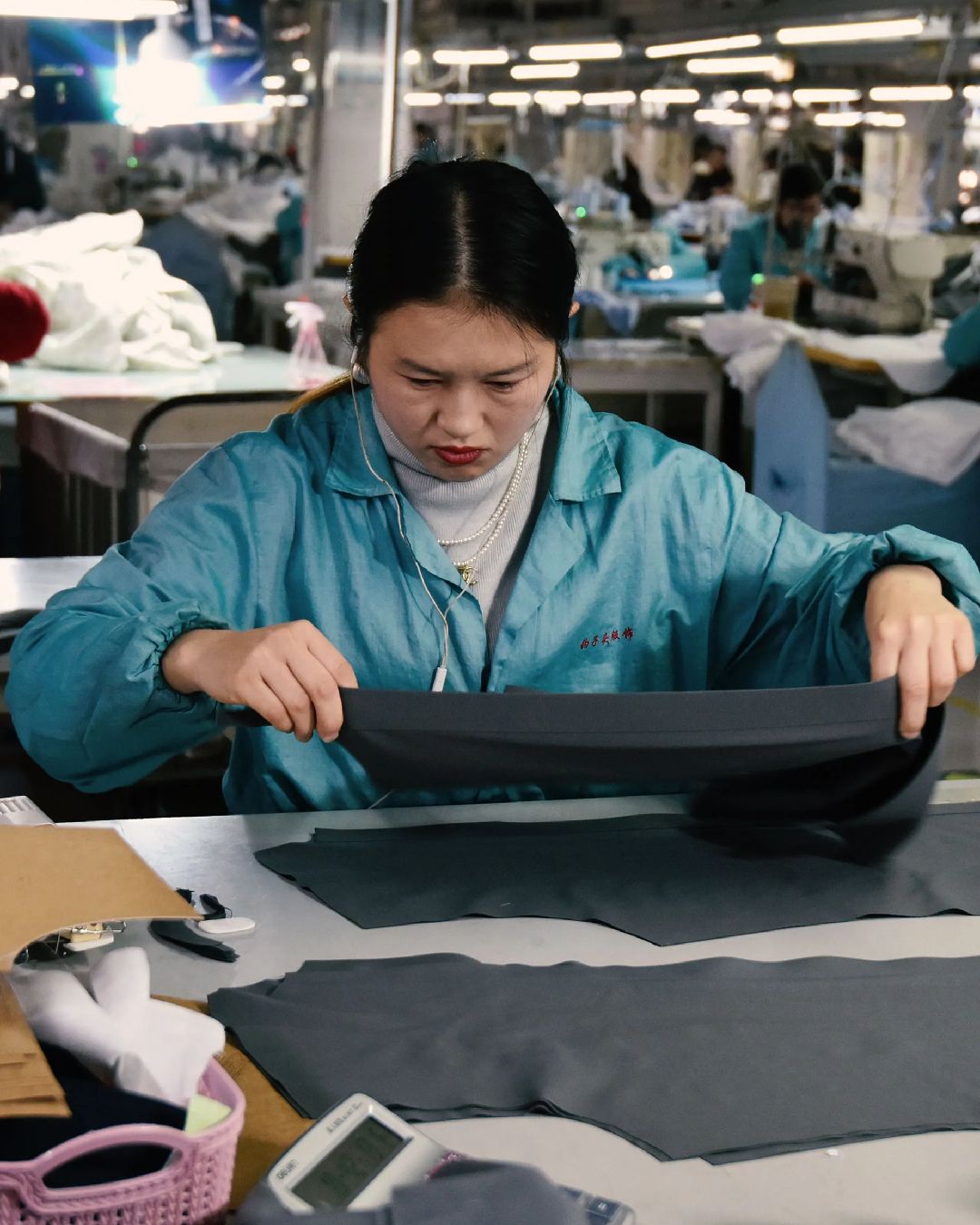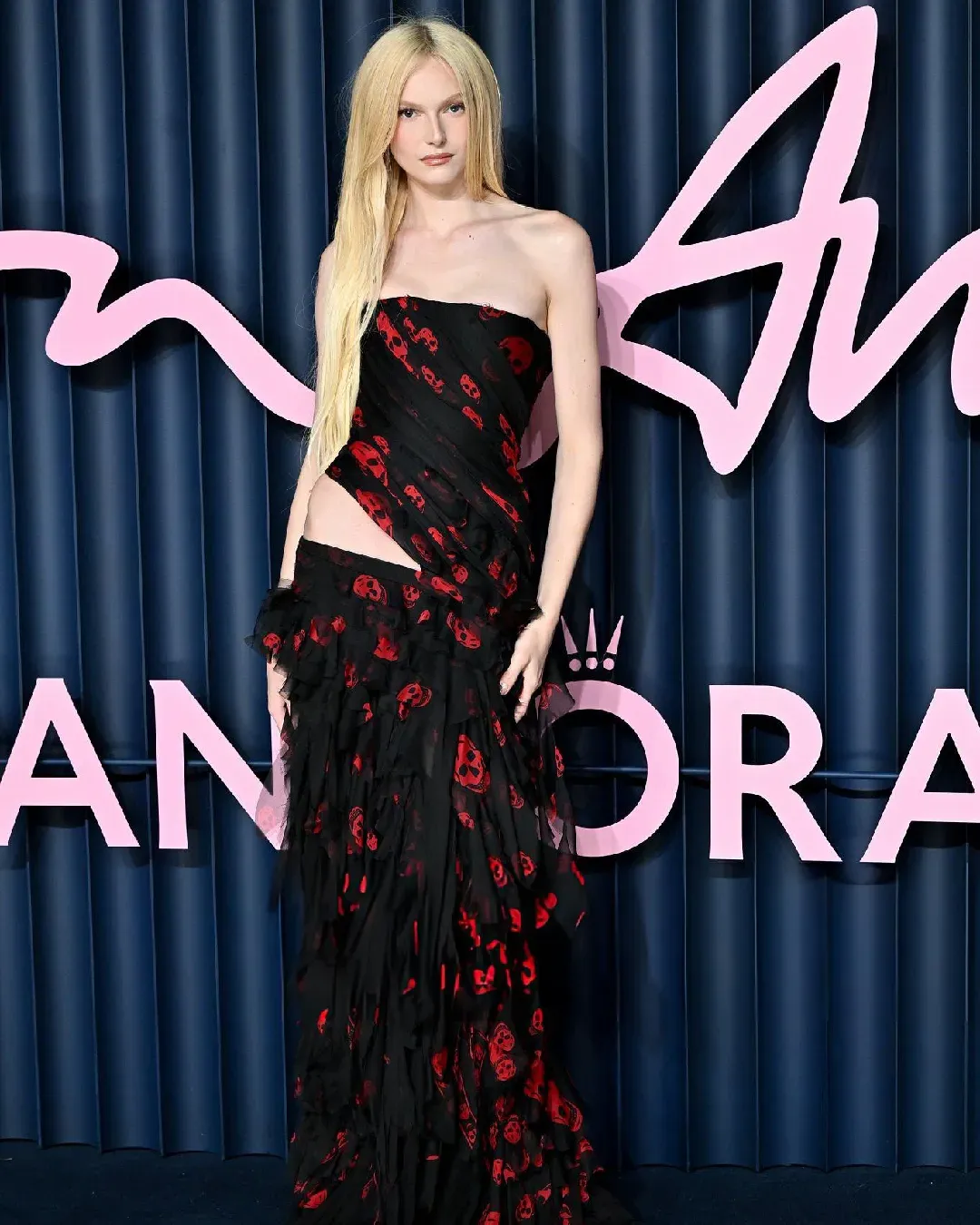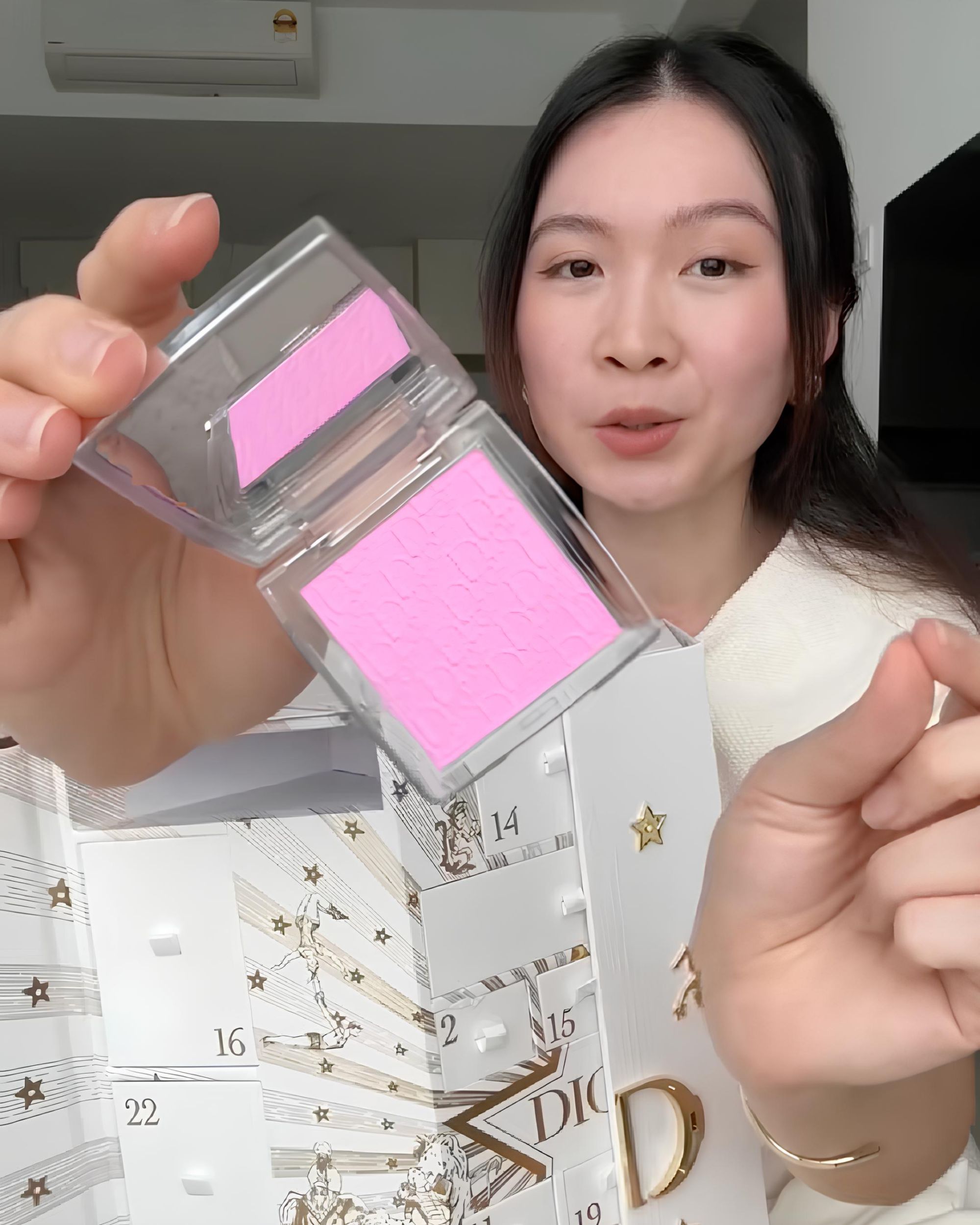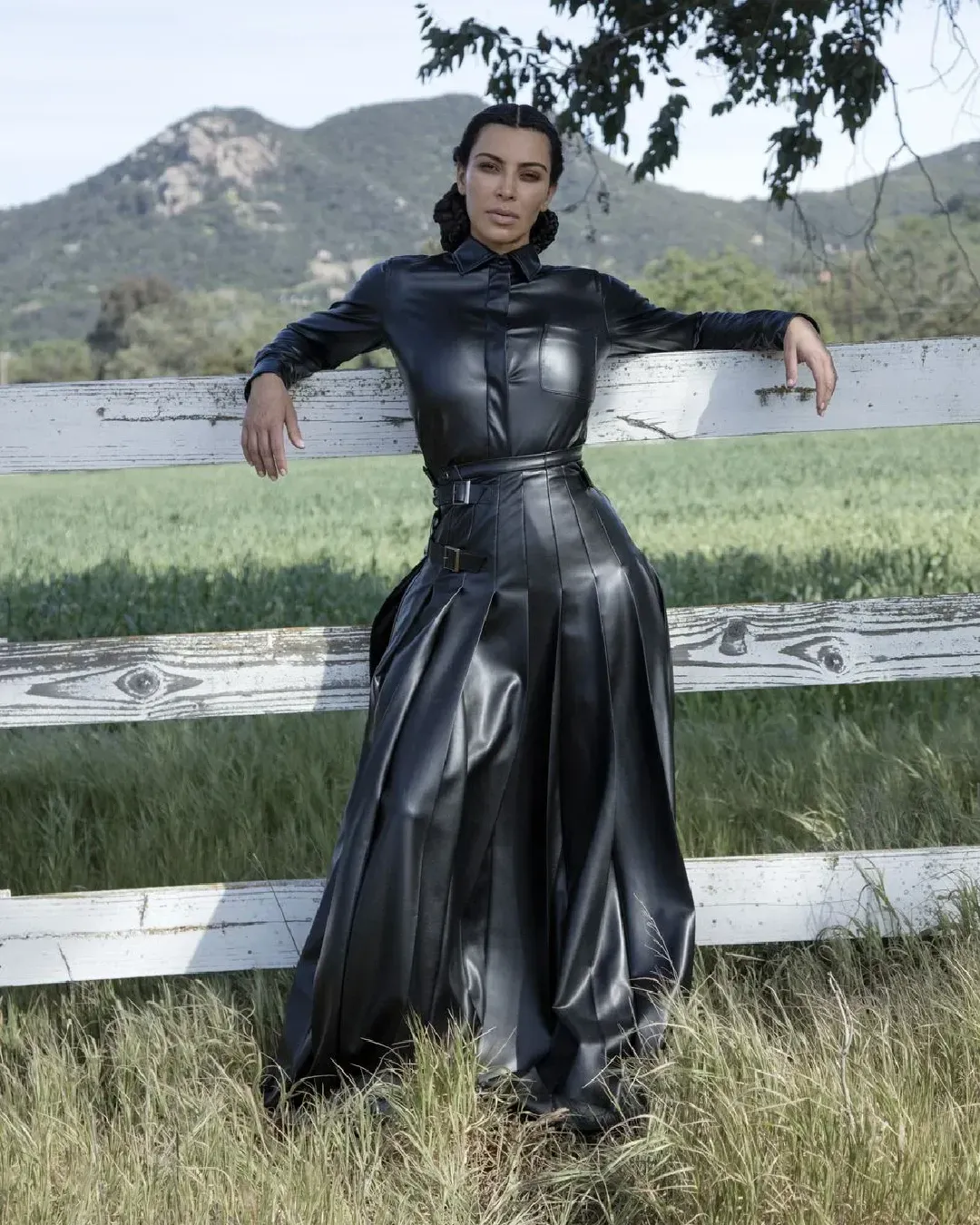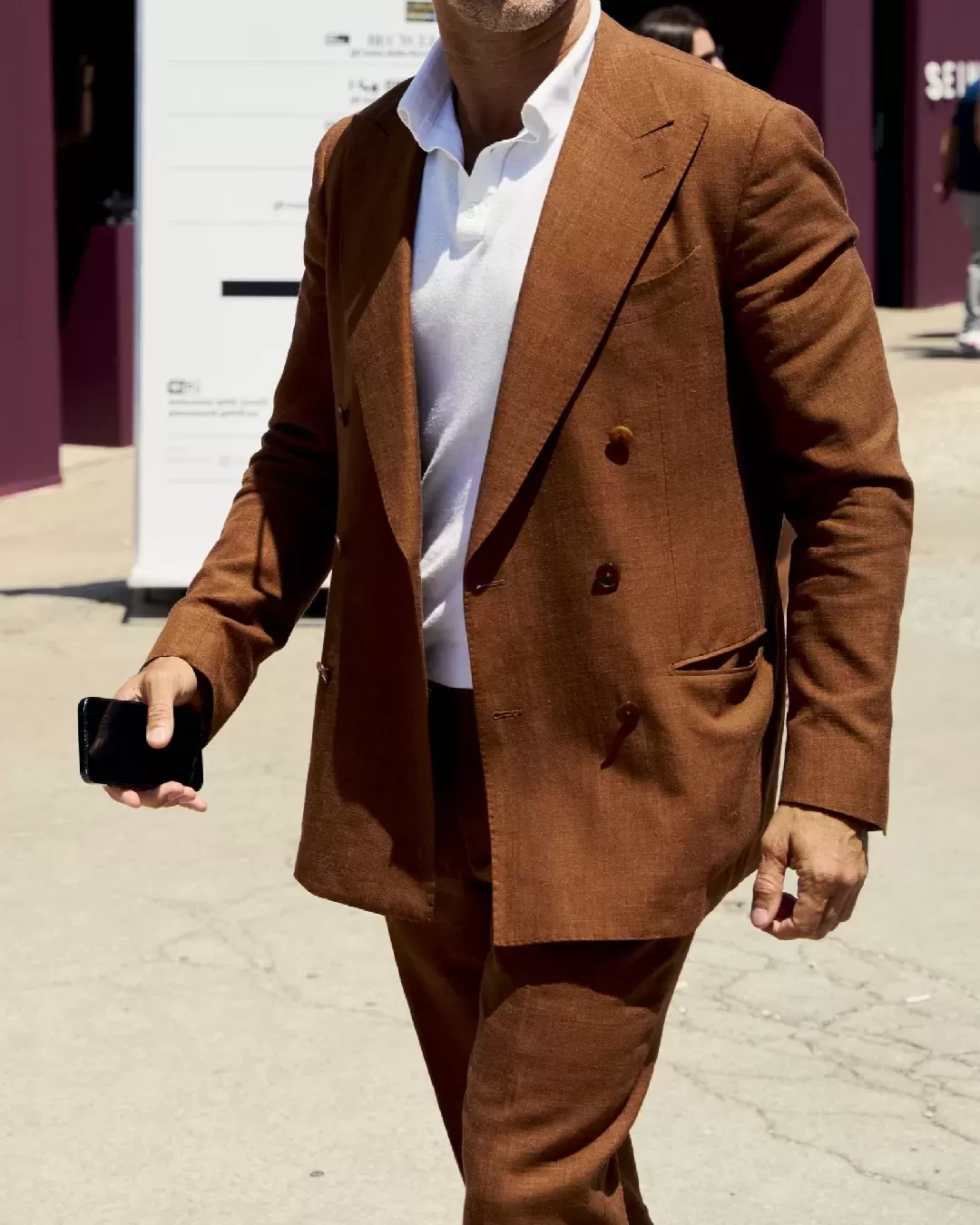
Timeless Style: how has the meaning of timeless changed? "Timeless" garments no longer speak only of luxury
Revolutionising the concept of timeless and adapting to it is, in every respect, an investment. This is how Vanessa Friedman, fashion director and critic of the New York Times, defined it when suggesting to a reader to invest in "timeless" pieces to combat generational stereotypes. Why an investment? Because the common denominator between the old and new meaning of this term remains the luxury connotation. On one hand, timeless style has so far been a subtle synonym of luxury, evoking images of iconic personalities like Carolyn Bessette-Kennedy with her famous silk wedding dress by Narciso Rodriguez; on the other, dedicating oneself to circular and sustainable fashion today requires a greater financial commitment. Quality garments, made with responsible materials and ethically produced, often have higher prices compared to their counterparts in the fast fashion realm, yet this does not deter the more discerning public. A recent study conducted by Squared Circles revealed that people with lower incomes seem to be more inclined to invest in sustainable clothing. A testament to the fact that even the concept of luxury seems to have changed over time, it represents not only the exclusivity of a garment but also its relationship with the world.
One of the pioneers in contributing to this redefinition was certainly Stella McCartney, a champion of luxury understood as "timeless" and sustainable fashion. On Time, Vogue's editor-in-chief Anna Wintour explained that «it was impossible for fashion to think about luxury and sustainability in the same sentence before Stella changed that situation.» According to McCartney, her task is to demonstrate to the public that there is no need to sacrifice luxury for a more conscious idea of fashion. It is indeed possible to reconcile the two through a wardrobe that emphasizes quality and craftsmanship. In this perspective, McCartney's timeless luxury adds another meaning: that of harmless, meaning innocuous, non-harmful, a definition that fits into the world of vintage. Timeless luxury no longer only looks to fashion that can be preserved in the future, but also to that which can be reclaimed from the past. As early as 2020, Bel Jacobs wrote for the BBC that new generations were chasing the sense of individuality that the vintage market favoured. Luxury meant declaring one's aesthetic independence, with the awareness of not causing further damage to the environment. In conversation with Jacobs, former Vogue.com editor Abigail Chisman explained that greater attention was being paid to the ability to break free from trends by retrieving and preserving one's garments for a cyclical and long-lasting fashion. Indeed, timeless. «Recycling is not enough. We must not throw things away,» says Chisman.
Embracing a concept of timeless style is, in some way, about being able to circumvent the system, not being caught in the consumerist trap of the industry, and maintaining one's identity. «And where once repair represented a necessity, it now represents a skill,» adds Chisman, once again supporting how much the fashion industry as well as consumers need a change in definition, interpretation, and action. Is the choice of lexicon truly influential in the sector? Yes, if we consider the language used by fashion houses as a reflection of the world around us, of its movements and evolutions. Redefining terms like timeless and luxury can help clarify the current challenges of the fashion market. Sometimes, indeed, it is enough to start from a vocabulary to create a powerful tool of innovation, a means through which to contribute to the well-being of the planet without sacrificing the pleasure of discovery.










































